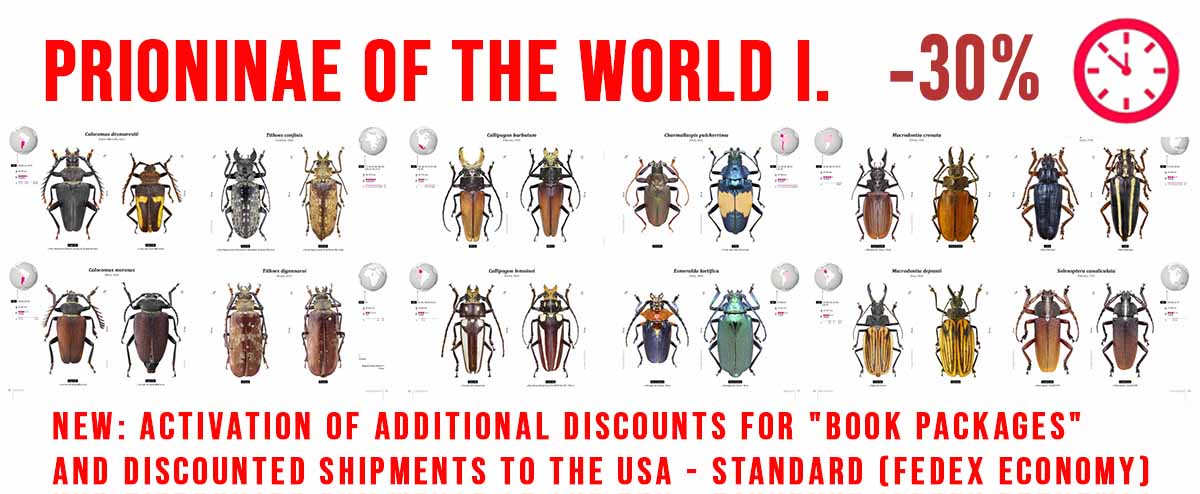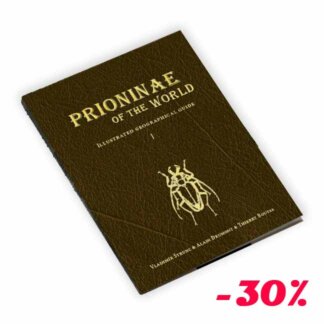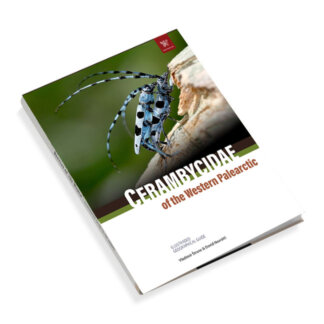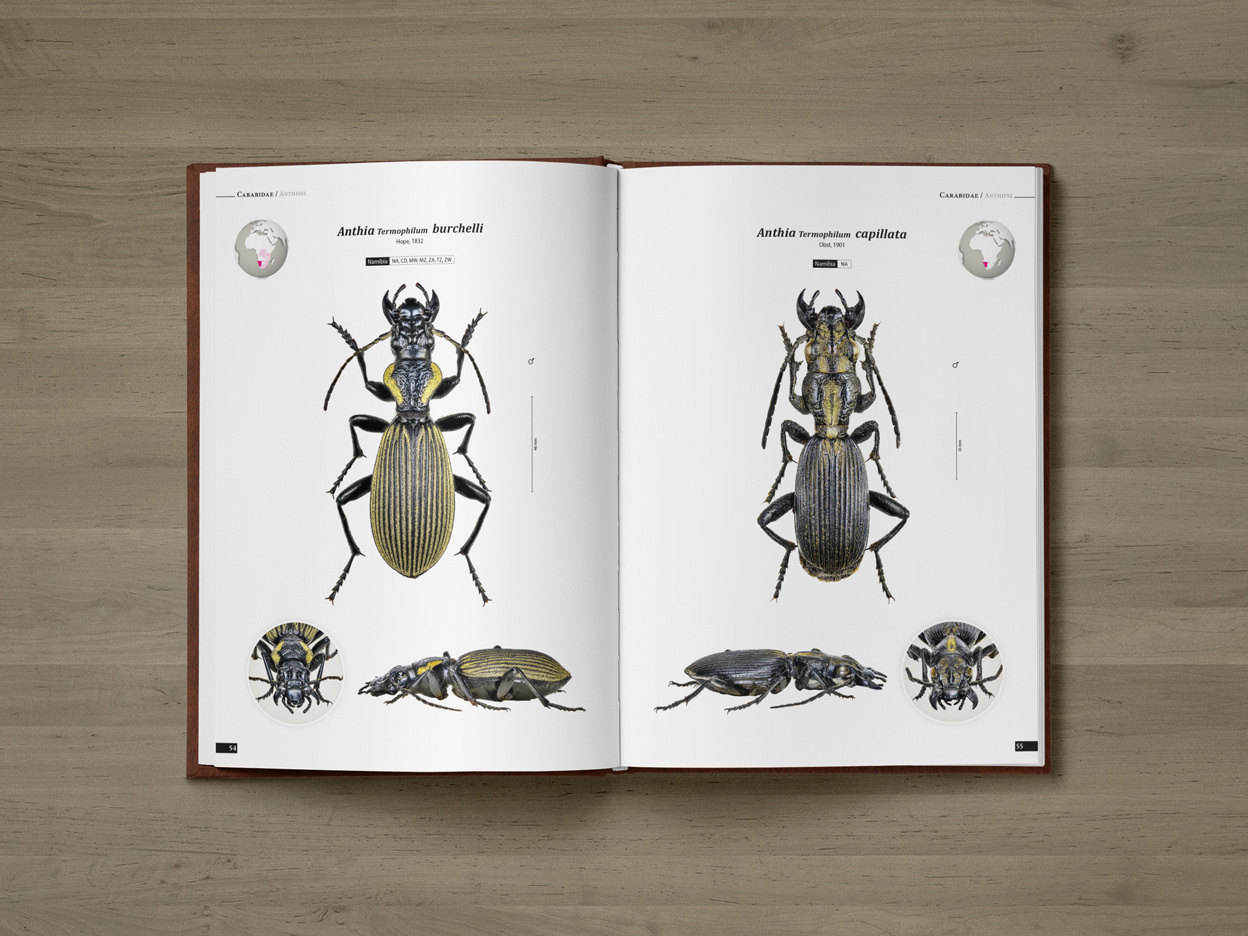Unique pictorial atlases for identifying Beetles. The family Carabidae, also known as the slipper beetles, belongs to the order Coleoptera, which are beetles. This family includes more than 40,000 species worldwide, making the Carabidae one of the largest and most diverse groups of insects.
Are you a student or interested in entomology? Don’t miss the exclusive discounts offered by the author! Contact today for special pricing for students and entomologists – save money and support your curiosity and studies at the same time. Contact us now to take advantage of this opportunity!
You will receive a reply promptly
Book novelties:
Prioninae of the World I., Cerambycidae of the Western Paleartic I. June Bugs,
Types of beetles insects
New E-Book: Ground Beetles, Tiger Beetles, Longhorn Beetles, Jewel Beetles, Stag Beetles, Carpet Beetles, Scarab Beetles, Rhinoceros Beetles, Weevil Beetles, Blister Beetles, Leaf Beetles, Flower Beetles,
Start Shopping, Start Saving – prices from $3 USD
We recoment: carabidae, buprestidae, cerambycidae, cicindelidae, scarabaeidae, chrysomelidae, curculionoidea, staphylinidae, family coleoptera beetles, tiger beetle, ground beetle, longhorn beetle, jewel beetle, beetles of africa, goliath beetle, stag beetle lucanidae, weevil beetles, carpet beetles
Ground Beetle
We recommend:
jeweled beetles, ground beetles, longhorn beetles, goliath beetle, stag beetle, carpet beetles
Carabidae
Carabidae beetles are found in a wide variety of environments, from tropical rainforests to Arctic tundra. Their diversity is staggering, yet they share several common traits.
Books about Beetles
Unique pictorial atlases for identifying Beetles:
(2020) Tiger Beetles of the World, Cicindelidae, Illustrated guide to the genera
(2023) Tiger Beetles of Africa, Cicindelidae, Geographical guide to the family Cicindelidae
(2024) Tiger Beetles of Orient, Cicindelidae, Geographical guide to the family Cicindelidae
(2022) Ground Beetles of Africa, Afrotropical Region
(2022) Jewel Beetles of the World, Buprestidae, Illustrated guide to the Superfamily Buprestoidea
(2008) The Prionids of the World, Prioninae, Illustrated catalogue of the Beetles
(2010) The Prionids of the Neotropical region, Prioninae, Illustrated catalogue of the Beetles
Ground Beetles of Africa – Main section
We recommend:
jeweled beetles, ground beetles, longhorn beetles, goliath beetle, stag beetle, carpet beetles
Carabidae
Try New modern shop – insect-books.store
Family Carabidae Latreille, 1802
Subfamily Rhysodinae Laporte, 1840
- Tribe Clinidiini R.T. Bell & J.R. Bell, 1978
- Tribe Dhysorini R.T. Bell & J.R. Bell, 1978
- Tribe Leoglymmiini R.T. Bell & J.R. Bell, 1978
- Tribe Medisorini R.T. Bell & J.R. Bell, 1987
- Tribe Omoglymmiini R.T. Bell & J.R. Bell, 1978
- Tribe Rhysodini Laporte, 1840
- Tribe Sloanoglymmiini R.T. Bell & J.R. Bell, 1991
Subfamily Nebriinae Laporte, 1834
- Tribe Nebriini Laporte, 1834
- Tribe Notiokasiini Kavanaugh & Negre, 1983
- Tribe Notiophilini Motschulsky, 1850
- Tribe Opisthiini Dupuis, 1912
- Tribe Pelophilini Kavanaugh, 1996
Subfamily Carabinae Latreille, 1802
- Tribe Carabini Latreille, 1802
- Tribe Ceroglossini Lapouge, 1927
- Tribe Cychrini Perty, 1830
- Tribe Pamborini Hope, 1838
Subfamily Loricerinae Bonelli, 1810
Subfamily Omophroninae Bonelli, 1810
Subfamily Elaphrinae Latreille, 1802
Subfamily Migadopinae Chaudoir, 1861
- Tribe Amarotypini Erwin, 1985
- Tribe Migadopini Chaudoir, 1861
Subfamily Hiletinae Schiodte, 1847
Subfamily Scaritinae Bonelli, 1810
- Tribe Carenini W.J. MacLeay, 1887
- Tribe Clivinini Rafinesque, 1815
- Tribe Dalyatini Mateu, 2002
- Tribe Dyschiriini Kolbe, 1880
- Tribe Forcipatorini Bänninger, 1938
- Tribe Palaeoaxinidiini McKay, 1991†
- Tribe Pasimachini Putzeys, 1867
- Tribe Promecognathini J.L. LeConte, 1853
- Tribe Salcediini Alluaud, 1930 (1929)
- Tribe Scaritini Bonelli, 1810
Subfamily Broscinae Hope, 1838
- Tribe Broscini Hope, 1838
Subfamily Apotominae J.L. LeConte, 1853
Subfamily Siagoninae Bonelli, 1813
- Tribe Enceladini G.H. Horn, 1881
- Tribe Lupercini Lecordier, 1977
- Tribe Siagonini Bonelli, 1813
Subfamily Melaeninae Csiki, 1933
Subfamily Gehringiinae Darlington, 1933
- Tribe Gehringiini Darlington, 1933
Subfamily Trechinae Bonelli, 1810 1313
- Tribe Anillini Jeannel, 1937
- Tribe Bembidarenini Maddison & Erwin, 2019
- Tribe Bembidiini Stephens, 1827
- Tribe Horologionini Jeannel, 1949
- Tribe Lovriciini Giachino et al., 2011
- Tribe Pogonini Laporte, 1834
- Tribe Sinozolini Deuve, 1997
- Tribe Tachyini Motschulsky, 1862
- Tribe Trechini Bonelli, 1810
- Tribe Zolini Sharp, 1886
Subfamily Patrobinae W. Kirby, 1837
- Tribe Lissopogonini Zamotajlov, 2000
- Tribe Patrobini W. Kirby, 1837
Subfamily Psydrinae J.L. LeConte, 1853
- Tribe Moriomorphini Sloane, 1890 1414
- Tribe Psydrini J.L. LeConte, 1853
Subfamily Nototylinae Bänninger, 1927
Subfamily Paussinae Latreille, 1806
- Tribe Metriini J.L. LeConte, 1853
- Tribe Microzaenini Deuve, 2020
- Tribe Mystropomini G.H. Horn, 1881
- Tribe Ozaenini Hope, 1838
- Tribe Paussini Latreille, 1806
- Tribe Protopaussini Gestro, 1892
Subfamily Cicindinae Csiki, 1927
Subfamily Brachininae Bonelli, 1810
- Tribe Brachinini Bonelli, 1810
- Tribe Crepidogastrini Jeannel, 1949
Subfamily Harpalinae Bonelli, 1810
- Tribe Abacetini Chaudoir, 1873
- Tribe Amorphomerini Sloane, 1923
- Tribe Anthiini Bonelli, 1813
- Tribe Atranini G.H. Horn, 1881 1818
- Tribe Bascanini Basilewsky, 1953
- Tribe Calophaenini Jeannel, 1948
- Tribe Catapieseini H.W. Bates, 1882
- Tribe Chaetodactylini Tschitschérine, 1903 H
- Tribe Chaetogenyini Emden, 1958
- Tribe Chlaeniini Brullé, 1834
- Tribe Cnemalobini Germain, 1911
- Tribe Corsyrini Ganglbauer, 1891
- Tribe Cratocerini Lacordaire, 1854
- Tribe Ctenodactylini Laporte, 1834 H
- Tribe Cuneipectini Sloane, 1907
- Tribe Cyclosomini Laporte, 1834
- Tribe Dercylini Sloane, 1923
- Tribe Drimostomatini Chaudoir, 1872
- Tribe Dryptini Bonelli, 1810
- Tribe Enoicini Basilewsky, 1985
- Tribe Galeritini W. Kirby, 1825
- Tribe Geobaenini Péringuey, 1896
- Tribe Ginemini Ball & Shpeley, 2002
- Tribe Glyptini G.H. Horn, 1881 H
- Tribe Graphipterini Latreille, 1802
- Tribe Harpalini Bonelli, 1810
- Tribe Helluonini Hope, 1838
- Tribe Hexagoniini G.H. Horn, 1881 (1834)
- Tribe Idiomorphini H.W. Bates, 1891
- Tribe Lachnophorini J.L. LeConte, 1853
- Tribe Lebiini Bonelli, 1810
- Tribe Licinini Bonelli, 1810 H
- Tribe Masoreini Chaudoir, 1871
- Tribe Melanchitonini Jeannel, 1948
- Tribe Microcheilini Jeannel, 1948
- Tribe Morionini Brullé, 1835
- Tribe Odacanthini Laporte, 1834 1919
- Tribe Omphreini Ganglbauer, 1891
- Tribe Oodini LaFerté-Sénectere, 1851
- Tribe Orthogoniini Schaum, 1857
- Tribe Panagaeini Bonelli, 1810
- Tribe Peleciini Chaudoir, 1880
- Tribe Perigonini G.H. Horn, 1881 [NP]
- Tribe Physocrotaphini Chaudoir, 1863
- Tribe Platynini Bonelli, 1810
- Tribe Pseudomorphini Hope, 1838
- Tribe Pterostichini Bonelli, 1810
- Tribe Sphodrini Laporte, 1834
- Tribe Xenaroswellianini Erwin, 2007
- Tribe Zabrini Bonelli, 1810
- Tribe Zuphiini Bonelli, 1810
Carabidae identification
One of the common features of Carabidae is their predatory lifestyle. Most species hunt and consume other insects, but some specialize in more specific foods such as snails or slugs. As a result, these beetles play an important role in the ecosystem by helping to control the populations of other insect groups.
These beetles are generally medium to large with sturdy bodies and strong legs adapted for fast running. Their trusses, or forewings, are tough and protect their hind wings and hind legs. The body colour of the slipper beetles ranges from glossy black to metallic green, blue or bronze.
Sow bugs have well-developed eyesight and an excellent ability to detect vibrations and chemical signals from their surroundings. As a result, they are able to effectively locate prey even in the dark or in dense vegetation. Some species even use pheromones to communicate with other individuals of their species. Carabidae identification.
Carabidae have a very interesting life cycle. The female lays her eggs in the soil or among plant debris, where the larvae hatch. These larvae feed on other insects and go through several developmental stages before pupating and metamorphosing into the adult beetle. This process can take several months to several years, depending on the species and environmental conditions. Carabidae
Research on the Carabidae can provide useful insights into ecology, evolution and conservation. Their diversity, adaptations to different environments and interactions with other organisms make them a fascinating object of study for entomologists and the general public. Moreover, these beetles can be used as a biological indicator of environmental quality, as their presence often signals a healthy and stable ecosystem.
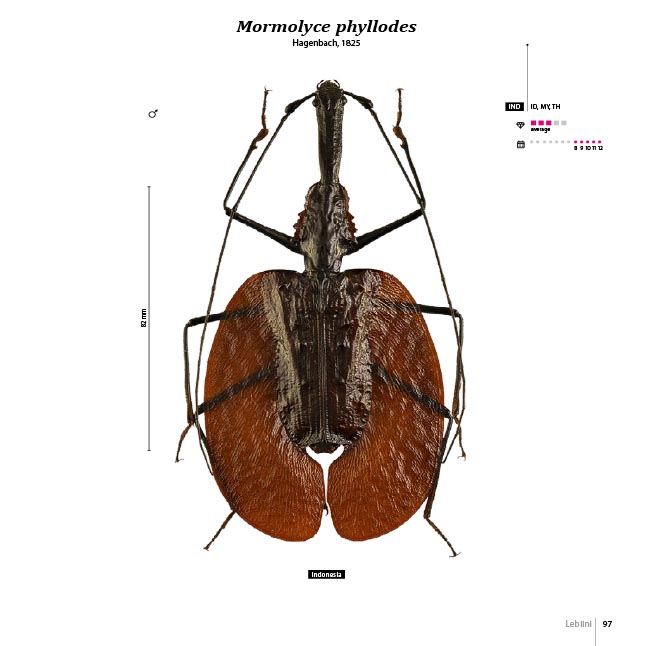
You can find here: Buprestidae, Cerambycidae, Cicindelidae, Scarabaeidae, Lucanidae, Chrysomelidae, Curculionidae, Staphylinidae
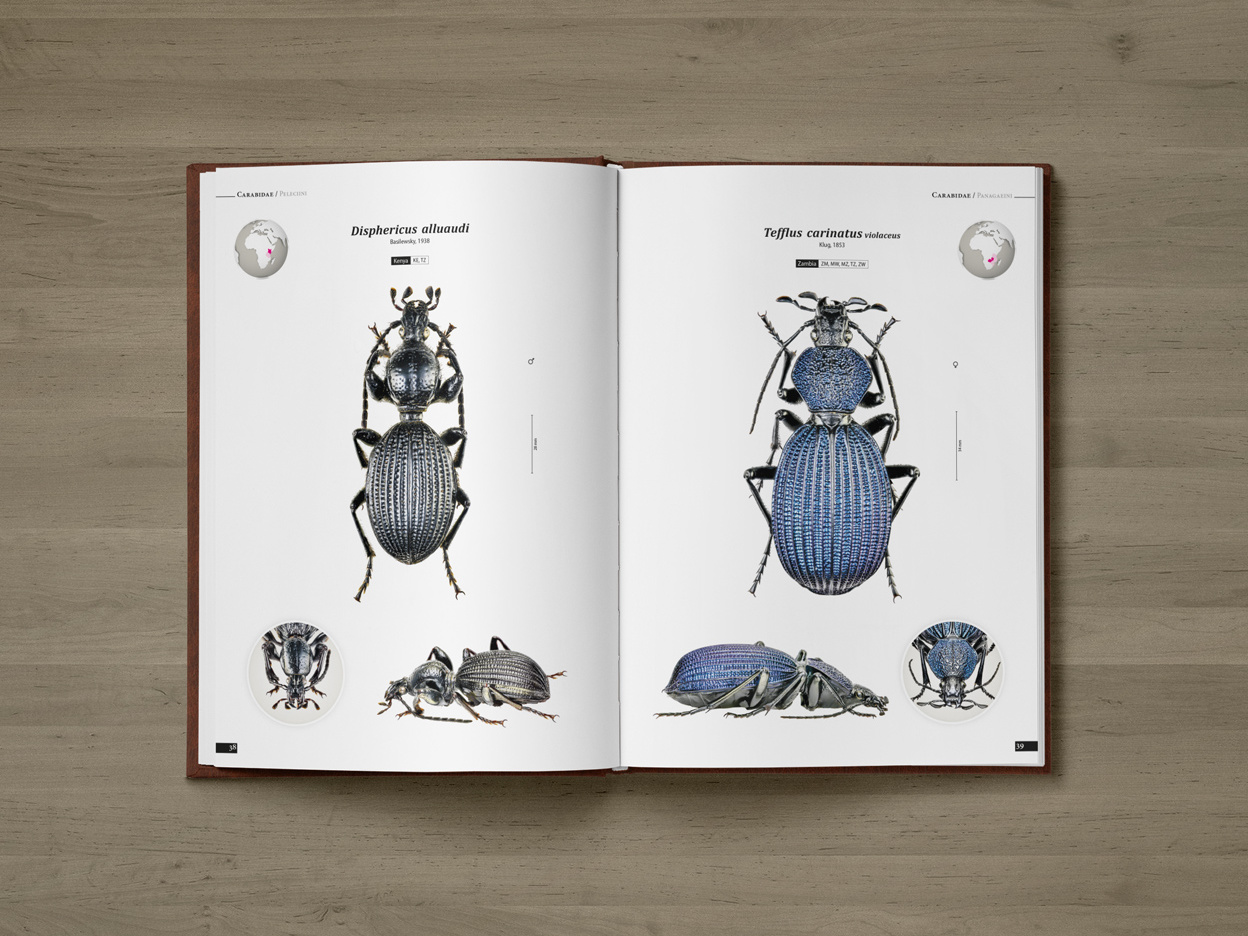
Ground Beetles of Africa – Main sectionCarabidae of the World
Ground Beetles (Carabidae): Identification, Behavior, and Ecological Role
Introduction to Ground Beetles
The ground beetle belongs to the family Carabidae, a diverse group of insects found across various ecosystems. The proper Carabidae pronunciation follows classical Latin phonetics, and entomologists use resources such as Carabidae BugGuide and Carabidae PDF for classification. The family includes thousands of Carabidae species, each adapted to specific habitats and diets. The Carabidae beetle is well known for its predatory nature and ecological importance.
Identification and Physical Characteristics
There are numerous types of ground beetles, each exhibiting unique morphological traits. The ground beetle scientific name and family vary by species, but all belong to Carabidae ground beetles. Identification resources such as the ground beetle beetle identification chart assist in distinguishing them from similar insects like cockroaches (ground beetle vs cockroach or ground beetle vs roach).
A picture of a ground beetle or a picture of ground beetle reveals common characteristics, including an elongated body, strong mandibles, and ridged elytra (wing covers). The ground beetle size varies, with some species being relatively small while others are categorized as large ground beetle or large black ground beetle. A small ground beetle may be mistaken for other beetle families. The black ground beetle, brown ground beetle, and bronze ground beetle are among the most frequently observed species.
Some distinctive species include the blue ground beetle, orange-legged ground beetle, dingy ground beetle, scarites ground beetle, violet ground beetle, and pedunculate ground beetle. The black ground beetle scientific name varies depending on the specific species, as does the carabid beetle scientific name.
Life Cycle and Habitat
The ground beetle life cycle consists of four stages: egg, ground beetle larvae, pupae, and adult. The carabid beetle larvae and carabid larvae are known for their voracious appetite, feeding on small invertebrates. Some larvae, such as ground beetle larvae UK, are studied for their role in pest control. The ground beetle larvae identification process helps distinguish them from other soil-dwelling insects.
These beetles inhabit a variety of ecosystems. The ground beetle habitat includes forests, grasslands, and urban areas. Certain species, such as the woodland ground beetle and wood ground beetle, are associated with decaying wood. The woodland ground beetle in house and wood ground beetle in house may indicate a moisture problem. Some species, such as the wood ground beetle Michigan, are regionally significant.
Behavior and Diet
Ground beetles are predominantly carnivorous. Questions like what do ground beetles eat and ground beetles eat reveal that their diet consists mainly of insects, larvae, and small invertebrates. The ground beetle diet includes common garden pests, making them beneficial for natural pest control. Some species specialize, such as the big-headed ground beetle diet, which focuses on soil-dwelling insects. Observations show that a ground beetle eating slug is a common sight in gardens.
Despite their strong mandibles, people often ask, do ground beetles bite or about specific cases like the ground beetle bite on human. While these beetles are capable of biting, they rarely do so unless handled. Some species, such as the scarites ground beetle bite and violet ground beetle bite, may cause minor discomfort. The black ground beetle bite is not harmful to humans, but these beetles may pinch when threatened.
Ground Beetles in Human Environments
While ground beetles are beneficial, their presence indoors may be concerning. Sightings of ground beetles in basement, ground beetle in basement, ground beetle in house, or black ground beetle in house often prompt concerns about infestations. Specific cases such as brown ground beetle in house and scarites ground beetle in house indicate that these beetles seek shelter indoors. Discussions on platforms like ground beetle in house Reddit highlight common experiences with these beetles.
A black ground beetle infestation or ground beetle infestation in house is usually a result of environmental factors rather than reproductive activity indoors. Homeowners frequently ask, how to get rid of ground beetles, leading to various ground beetle control strategies. Methods include sealing entry points, reducing moisture, and limiting outdoor lighting, as it answers the question, what attracts ground beetles. Some people also ask how to attract ground beetles, as these beetles are valuable for natural pest control.
Scientific Classification and Facts
The ground beetle species belong to the diverse ground beetle family, with varying ground beetle characteristics and ground beetle lower classifications. The ground beetle scientific name differs by species, and researchers continue to document new variations. The ground beetle facts reveal their significance in controlling pest populations. The violet ground beetle facts highlight its unique coloration and predatory nature.
There is ongoing debate regarding their impact, leading to questions such as ground beetle good or bad and are ground beetles bad. While they may occasionally enter homes, they do not cause structural damage. However, concerns about their safety lead to frequent inquiries like are ground beetles dangerous, are ground beetles harmful, and are ground beetles poisonous. While not toxic, their defensive secretions may deter predators.
Flight and Lifespan
Unlike many beetles, the flightless ground beetle is unable to fly due to fused wing covers. However, some species can take to the air, prompting the question, do ground beetles fly. Their ground beetle life span varies, with some species living up to three years.
Conclusion
Ground beetles, particularly those in the Carabidae beetles family, play a crucial role in ecosystems by controlling insect populations. While their presence indoors may be unwelcome, they are not harmful to humans or structures. With numerous species such as the common black ground beetle, Pennsylvania ground beetle, and common ground beetle in house, their ecological importance outweighs the minor nuisance they may cause. Proper ground beetle treatment and management techniques can help maintain a balance between conservation and household comfort.
-
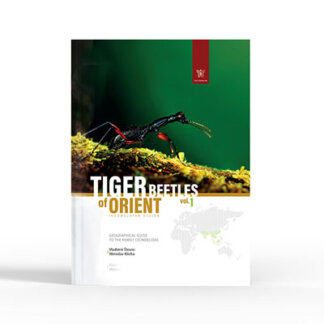 Tiger Beetles of Orient€ 129.00
Tiger Beetles of Orient€ 129.00 -
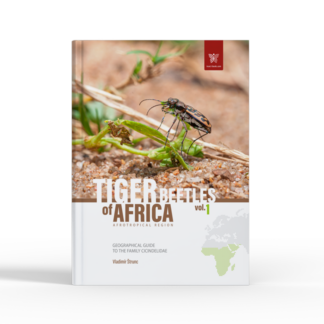 Tiger Beetles of Africa€ 129.00
Tiger Beetles of Africa€ 129.00 -
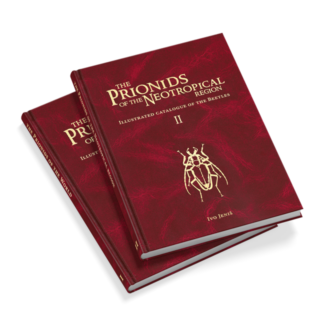 The Prionids Collection BundleProduct on sale€ 79.00
The Prionids Collection BundleProduct on sale€ 79.00 -
 Ground Beetles of Africa (2nd edition)€ 136.00
Ground Beetles of Africa (2nd edition)€ 136.00 -
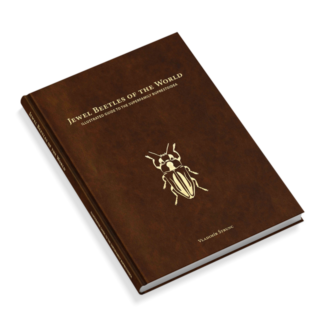 Jewel Beetles of the World€ 105.00
Jewel Beetles of the World€ 105.00 -
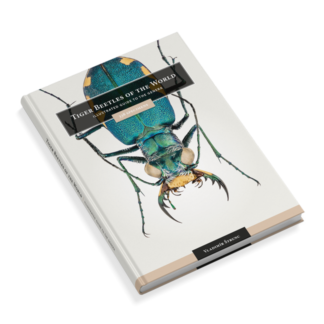 Tiger Beetles of the World€ 99.00
Tiger Beetles of the World€ 99.00
